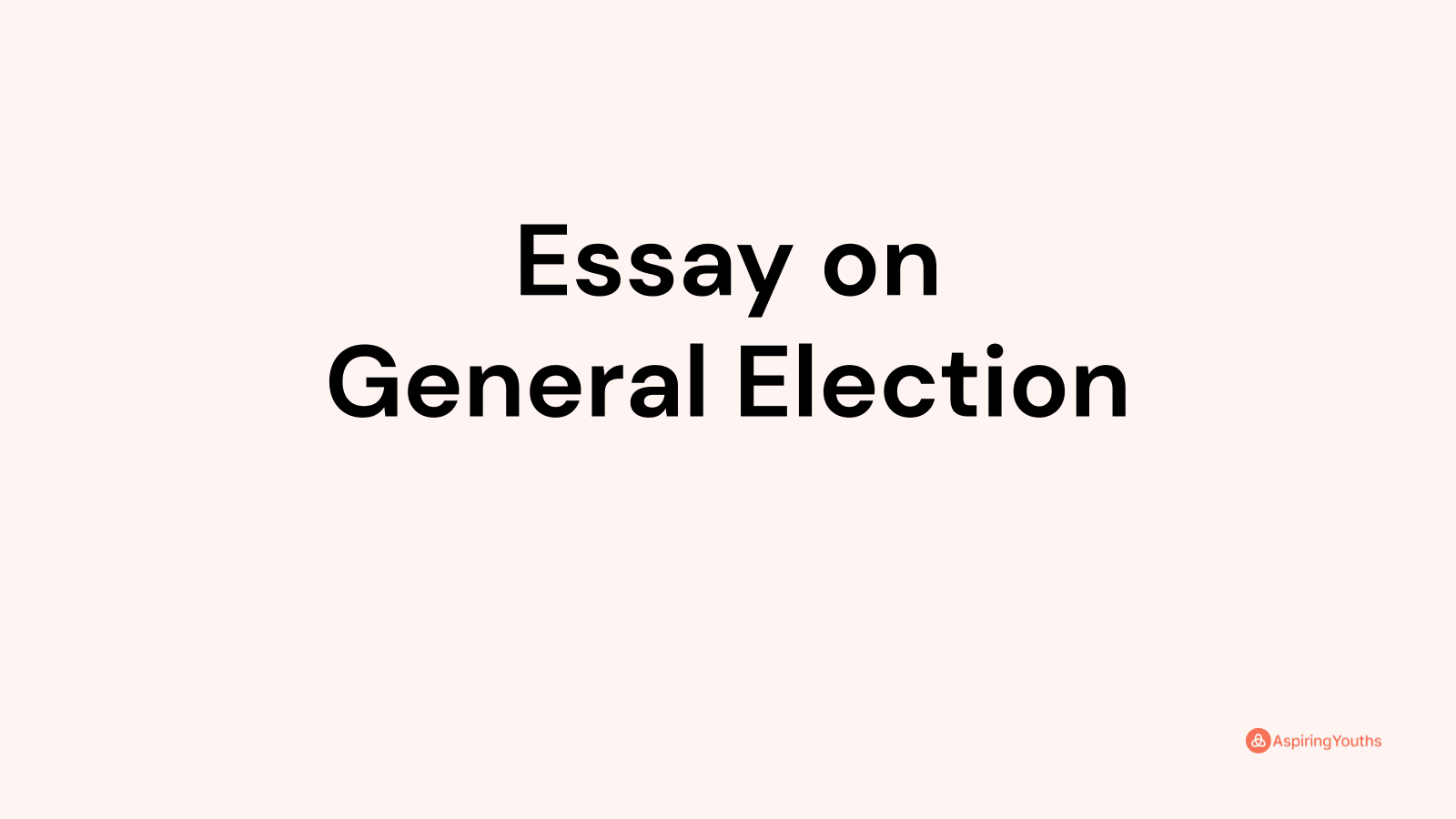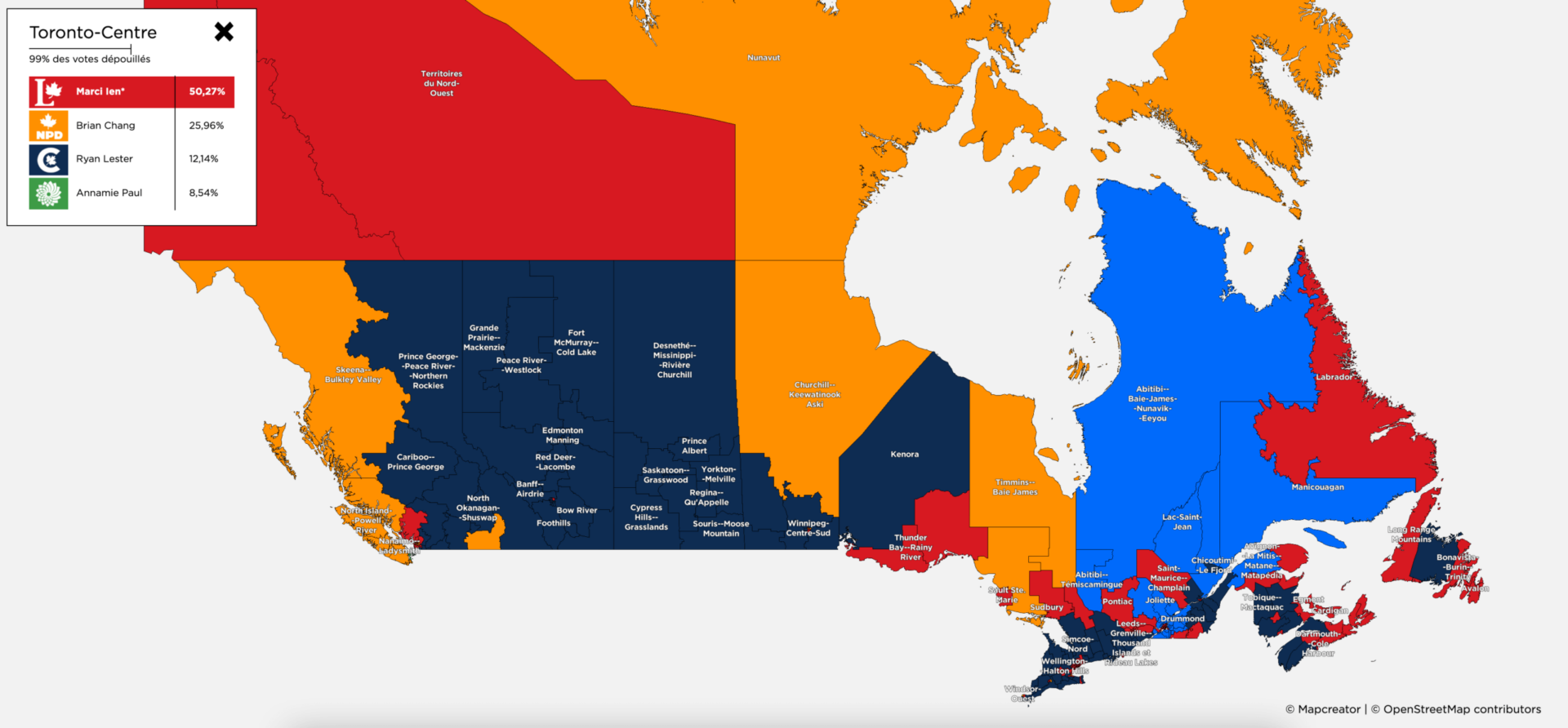Understanding Canada Elections 101: A Comprehensive Guide to the Electoral Process
Canada's electoral process is a fascinating and complex system that governs the country's democratic system. With a rich history and a plethora of nuances, it can be daunting for newcomers or even long-time residents to fully grasp the intricacies of Canadian elections. However, understanding the electoral process is essential to making informed decisions and participating in the democratic process. In this article, we will delve into the world of Canadian elections, exploring the key components, the electoral system, and what you need to know to become an informed voter.
Canadian elections are held every four years, and the exact date is determined by the Governor General, with the advice of the Prime Minister. The electoral process is overseen by Elections Canada, an independent agency responsible for administering federal elections. To ensure a smooth and transparent process, Elections Canada follows strict guidelines and regulations.
History of Canadian Elections
The history of Canadian elections dates back to the 19th century, when the country was still a British colony. The first federal election was held in 1867, and since then, the electoral process has evolved significantly. Over the years, the franchise has expanded to include more Canadians, and the electoral system has been refined to accommodate the country's growing population.
Early Elections
One of the earliest federal elections in Canadian history took place in 1878, with Sir John A. Macdonald's Conservative Party winning a majority of seats. However, the election was marred by controversy, with allegations of electoral irregularities and voter intimidation. Despite these challenges, the election paved the way for the development of modern Canadian democracy.
Women's Suffrage
In 1918, Canadian women finally gained the right to vote, thanks to the efforts of suffragettes like Nellie McClung and Emily Murphy. The expansion of the franchise marked a significant milestone in Canadian history, ensuring that all citizens had an equal say in the country's democratic process.
The Electoral System
Canada's electoral system is a parliamentary democracy, where the party with the most seats in the House of Commons forms the government. The country uses a first-past-the-post system, where the candidate with the most votes in a constituency wins the seat. This system can result in a wide range of outcomes, from a landslide victory to a minority government.
Electoral Districts
Canada's electoral districts, also known as ridings, are roughly based on the provincial and territorial boundaries. There are 338 electoral districts across the country, each with a fixed number of voters. The number of seats allocated to each party is determined by the number of votes they receive in each riding.
Voters' Lists
Before an election, voters' lists are compiled by Elections Canada. This list is used to determine who is eligible to vote and which candidates have won seats in each riding. To be on the voters' list, Canadians must be at least 18 years old, a Canadian citizen, and a resident of the electoral district.
Polling Stations
Polling stations are designated locations where voters cast their ballots. These stations are usually located in public buildings, schools, and community centers. Voters can also cast their ballots by mail or online in some provinces.
The Electoral Process
The electoral process in Canada is a complex and multi-step affair. Here's an overview of what happens:
Registration
To vote in a Canadian election, citizens must register with Elections Canada. This involves providing identification, proof of residency, and other personal details.
Nomination
Once a candidate has registered, they must nominate themselves for a particular riding. This involves filing paperwork and paying a fee.
Campaigning
The campaign period is a critical phase of the electoral process, during which candidates meet voters, debate issues, and promote their platforms. Campaigning can take place across the country, with varying rules and regulations applying to each province.
Voting Day
On election day, voters cast their ballots at polling stations. Voters can also vote by mail or online in some provinces. The voting process is overseen by Elections Canada staff, who ensure that the voting process is transparent and fair.
Results
After polls close, Elections Canada begins the process of counting votes. This involves tallying the votes cast for each candidate and declaring the winner of each riding. The party with the most seats in the House of Commons forms the government.
Parliament Dissolution
Once the government is formed, the Governor General dissolves Parliament, triggering a new election. This usually occurs after a fixed period, such as four years, unless the government loses a confidence vote or is defeated in a vote of no confidence.
The Impact of Elections
Canadian elections have a significant impact on the country's politics and policies. The outcome of an election can determine the country's leadership, economic direction, and social programs.
Economic Policy
Election results can influence the government's economic policies, including taxation, spending, and trade agreements. A change in government can also impact the country's economic stability, employment rates, and inflation.
Social Policy
Election results can also shape the government's social policies, including healthcare, education, and immigration. The winner of an election may propose new policies or withdraw existing ones, affecting the lives of Canadians.
Representation
Finally, election results determine the representation of Canadians in the House of Commons. The number of seats held by each party reflects the party's popularity and level of support among voters.
Informed Voting
Informed voting is crucial to Canada's democratic system. Voters must be aware of the issues, candidates, and policies to make informed decisions at the polls.
Issues and Candidates
To be an informed voter, Canadians must stay up-to-date on the issues and candidates. This involves researching the party platforms, debating performances, and scrutinizing the candidates' backgrounds.
Voting Strategies
Voters can employ various strategies to cast their ballots, including voting strategically
Raiders Owner
Kaitlynkremsd Fans
Youngllen Pompeo
Article Recommendations
- Alma Powell Cause Ofeath
- Candy Mansoneath
- Who Is Rick Ross
- Competition Rank Tracker
- Money6x
- Sophie Rain Fans
- Loveandlighttv
- Jackoherty Girlfriend
- Vontaeaviause Ofeath
- Ytboob



